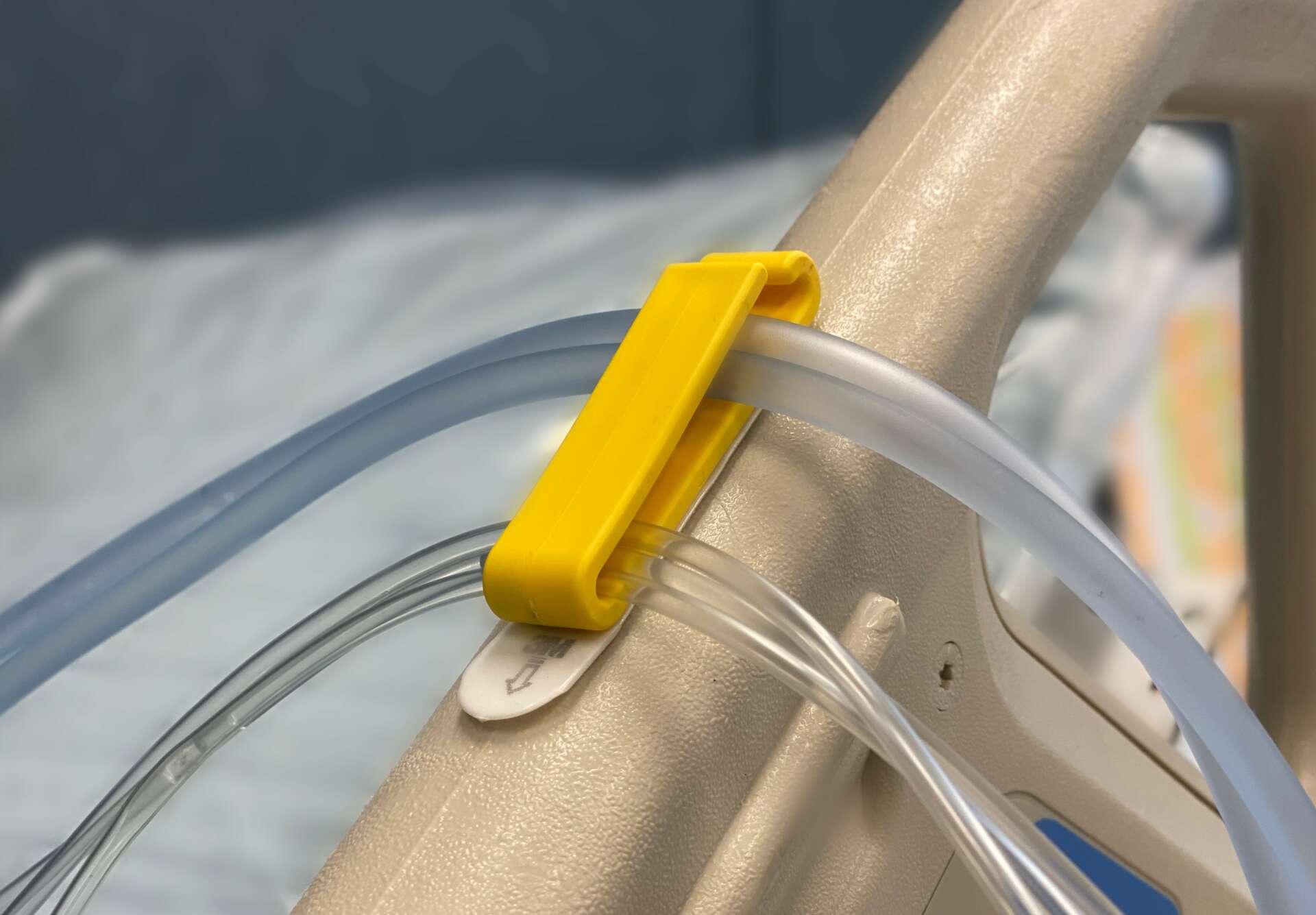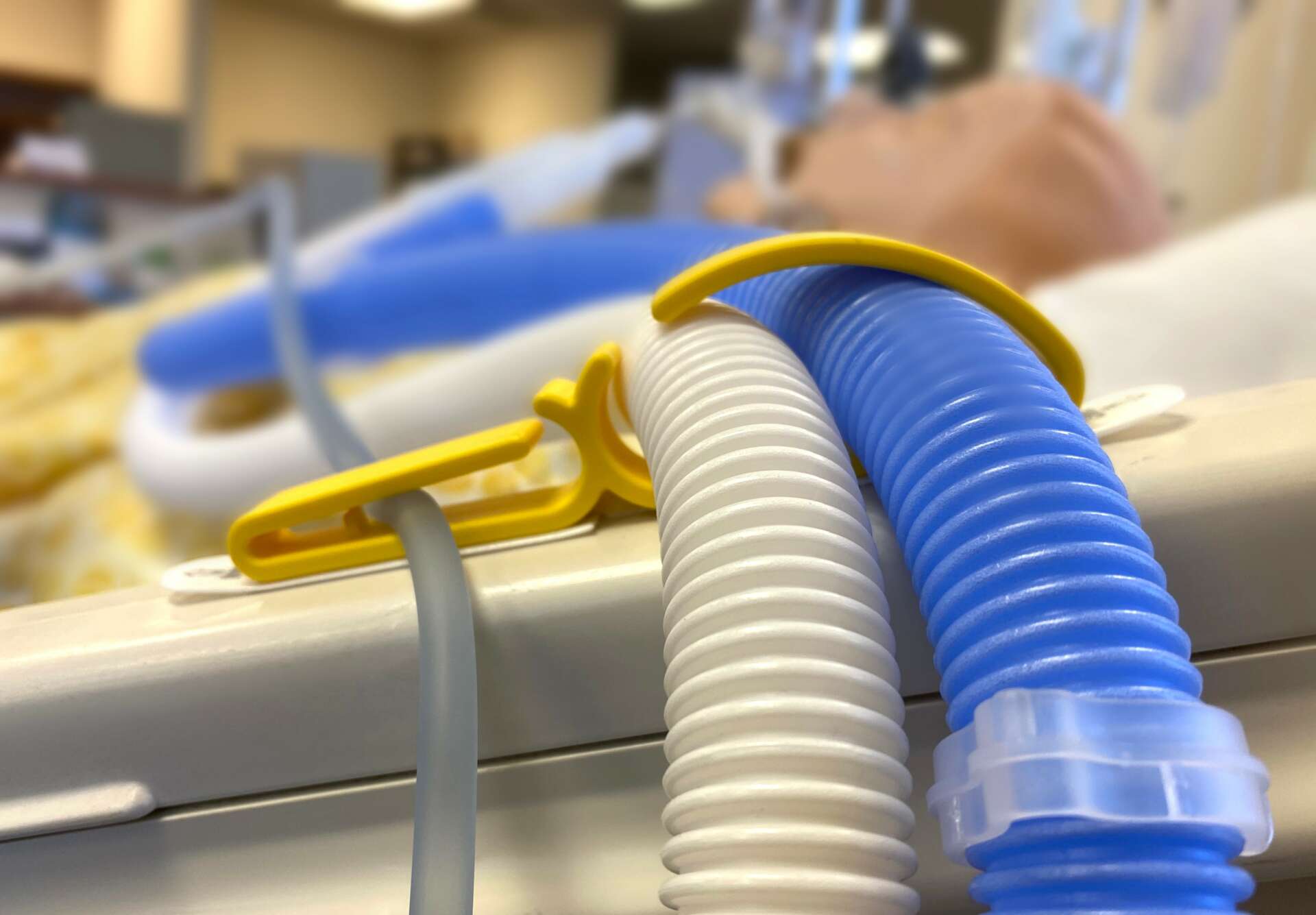We were lucky to catch up with Ernesto Holguin recently and have shared our conversation below.
Alright, Ernesto thanks for taking the time to share your stories and insights with us today. We’d love to hear the backstory behind a risk you’ve taken – whether big or small, walk us through what it was like and how it ultimately turned out.
The simplest risk I have taken was joining the Army 3 months before graduating High School. My Senior year, there was an Army Recruiter visiting the Band room asking if any of us wanted to continue with the Army Band. I was a good trumpet player and I had planned to make it my career. I took the ASVAB entry exam and did so well that I was offered a variety of high skilled occupation specialties. I did not want the other specialties and tried focusing on the Army Band. My recruiter set me aside and encouraged me to take the Nursing position and to forget about band. Sgt. Kirby told me “You will not regret this; you will be so glad you did that you will bring me a dozen roses thanking me afterwards”. So, I took the License Practical Nurse position, and my Nursing career began.
I am the youngest of seven and four of my siblings had joined the US Armed Forces. Two of them went into the Army, one Navy and one Marines. I did not understand to the fullest effect how this would change my life and surprised my mom by telling her I had signed up soon after my 18th birthday. I think by this time my mom took a more encouraging role and wished me luck.
I served a total of 9 years beginning as a Combat Medic-91 Bravo and continuing as an Army Nurse-91 Charlie. I have enjoyed Nursing for the last 28 years and innovating three devices that I own patents to. I plan to retire in this wonderful profession while I continue with a start-up business selling my products. I classify this as a small risk because I took full advantage of what the Army has to offer. I felt honored to serve my country and privileged to receive the schooling and training from professionals while getting a paycheck. If you were wondering if I took Sgt. Kirby his roses, I did but he never received them. Sgt. Kirby had retired soon after he enlisted me, but I am forever grateful to him.



As always, we appreciate you sharing your insights and we’ve got a few more questions for you, but before we get to all of that can you take a minute to introduce yourself and give our readers some of your back background and context?
My name is Ernesto Holguin, RN, CNN and CEO of OTEN Medical. I began my career in the United States Army in 1993 as a Combat Medic and transitioning into a License Practical Nurse at Beaumont Medical Center in El Paso, Texas. In the civilian sector, I have proven to be a top performer with HCA Corporation, previously named Nurse of the Year. I am goal driven Dialysis Charge Nurse clinical coordinator with over 28 years of intensive care nursing healthcare experience, Certified Nephrology Nurse, charge nurse for two hospitals, policy writer for all dialysis modalities, and Nurse Innovator with three named medical patents. I am skilled in leadership and my nursing experience has given me the ability of inventing and building prototypes that will improve patient outcomes. I began OTEN Medical and have used my expertise in applying my life’s experience in Nursing and looking into improving our healthcare delivery.
My inventions are the Remote Diabetic Foot Monitoring System (DiFoBod), iLine Series (IV Line and Ventilator Tube Holder and Organizer), and The Original CPAP Hose Holder and organizer of CPAP hoses:
1. DiFoBod: Worsening diabetic ulcers. The antiquate way of checking diabetic feet has not changed for decades. Current practice requires a hand-held mirror on the floor while the patient hovers the affected foot to inspect while balancing themselves with the other. My solution is a device that will allow for an earlier medical intervention via daily telemedicine monitoring opposed to waiting a month or more to be physically seen by their Clinician.
2. iLine Series: An Intravenous (IV) Line, Endotracheal (ET) Tube Holder and Enteral Feeding (EF) line Organizer (IVETEFO) is needed to decrease accidental IV, ET, and EF dislodgements by reducing clutching instances and properly securing and organizing lines. The ET Tube Holder and Organizer comprises of a hard-plastic semi-enclosure that secures tubes onto the side rail of a hospital bed or the alike. The IV/EF Line Holder and Organizer comprises of an angled entrance that gradually decreases in size to fit the different line circumferences. Securement of IVETEFO is placed onto any desired stable flat surface and managed by a non-residual adhesive that is removed by pulling on provided tab. It is well known that intensive care therapy is an environment that causes several potentials for IV/EF dislodgement and ET tube downward pull. Areas of concern include sudden blood loss in relation to accidental dislodgment and desanguination of an individual during IV therapy and loss of oxygenation from ET tube while transporting or movement of the individual and accidental dislodgement of EF line resulting from hospital personnel.
3. The Original CPAP Hose Holder: Sleep Apnea is interrupted breathing that lasts from 10-30 seconds up to 400 times a night that deprives oxygen to vital organs. Treatment for Sleep Apnea is using a CPAP machine that pushes air into your lungs via your nose and mouth. The most common thing patients would tell me is how uncomfortable it is to sleep with a CPAP machine. It restricts movement in bed, the hose pulls and wedges and there is no easy way to store the face-straps and tubing after use. We developed The Original CPAP Hose Holder to help guide CPAP user’s hoses and improve a good night’s rest. Our patented U-shape design helps reduce noise made by the hose, keeps it from getting in the way, and hold your mask when away from bed. The holder organizes CPAP hoses right next to you in bed and avoids pulling and unplugging. We have a Lifetime Warranty on our holders, Trademark registered, Flexible Spending Account Eligible and competitively priced.
I am most proud of is the opportunity starting my business and having a great family support system. It is inevitable, you have to make contributions in different manners aside from work related such as personal and family time, monetary, sleep, vacationing, leisure times and things like that. Many of us know people that stop dead on their tracks once they encounter a bump on the road or are dreaming of making medical changes but rather be dreamers. Working towards a goal and the having the drive to do so is a special gift. My drive is watching my patients on a daily basis having the same preventable problems that ultimately take their lives too early especially in our times of advancing medicine. You have to find your own drive, determine the sacrifices you are willing to make, and balance your life in order to avoid problems with your spouse and children, mother or father and siblings. The sacrifice comes with a price but needs to be a healthy choice.
Let’s talk about resilience next – do you have a story you can share with us?
A-Ha Moment
I went to pick up a patient for hemodialysis, a patient that was a regular. She was a lovely lady with good family support. I asked her, “What happened?” she replied in Spanish “Son, I have a foot ulcer.” I asked her if she checked her feet after each shower and she said that she could not bend over and be able to see her feet. She had poor vision as a secondary symptom of her diabetes. “What about your husband checking for you?” I asked. She said, “Honey, he’s in the same boat as I am.” “What about your children?” and she proceeded to tell me they were too busy with their own children and were not around after her showers. I asked how she knew she had a foot ulcer, and replied, “I smelled it.” This person had to go through two senses to know something was wrong with her foot.
At that moment I did what any nurse would do. I dug deeper into her daily living activities and analyzed her challenges. Keep in mind that by the time I saw this wound it was very deep, infected with an odor that screamed infection. She needed grave medical attention. It was these moments of desperation and despair that left me feeling like something must be done. I felt compelled to do something. I brainstormed, daydreamed and then became motivated to draw my idea at home. My conclusion was that a monitoring system was needed for the continuation of care. This would assist in the rendering of healing wounds and serve as a preventive measure for people with diabetic foot ulcers. Could there be such a device? Was there a device out there and if so, where could I find one? I didn’t do internet search; I just asked my fellow wound care colleagues and there wasn’t any device such as I had imagined. I came home and began the invention process.




Other than training/knowledge, what do you think is most helpful for succeeding in your field?
Perseverance is what will help you succeed.
I had this misconception that I would have someone make my invention and I would collaborate with them in the process, and it would be the most wonderful experience in the world! I was wrong. I was back to square one, trying to find something local. In the meantime, what I was doing was telling people I work with all my patent process pains and frustrations, but they could not really help me. In the summer of 2015, Maker Nurse from MIT visited my hospital. They came to El Paso, a little city at the edge of Texas and I could not believe it. My director found out that they wanted to speak to nurses that were makers and he called me down to meet with them. It was awkward since no other nurses in the room were speaking and they were just listening to the presenters. Maker Nurse began by sharing a pamphlet that illustrated how to make almost any supply to carry out procedures to properly care for your patients.
I happened to have two copies of my patent with me which I shared with them. I received praise and encouragement to start the prototyping. I had never thought of doing it myself and my main concern was how to create the electronic and computing part of the project. One of the presenters was a brilliant engineer that taught computer programming and he helped me start the software. I was introduced to the Raspberry Pi computer which I later learned the basic coding skills. Remember I had never dealt with coding or prototyping of large devices. I conquered and learned many tasks that were foreign to me.
Contact Info:
- Website: https://www.otenmedical.com
- Instagram: https://www.instagram.com/otenmedical/
- Facebook: https://www.facebook.com/OTENMEDICAL/
- Linkedin: https://www.linkedin.com/company/oten-medical/
- Twitter: https://twitter.com/otenmedical
- Youtube: https://www.youtube.com/channel/UCK9xBRYfMcQ6nFC6unV7z5A
- Other: https://www.pinterest.com/otenmedicalllc/ [email protected]
Image Credits
Ernesto Holguin


